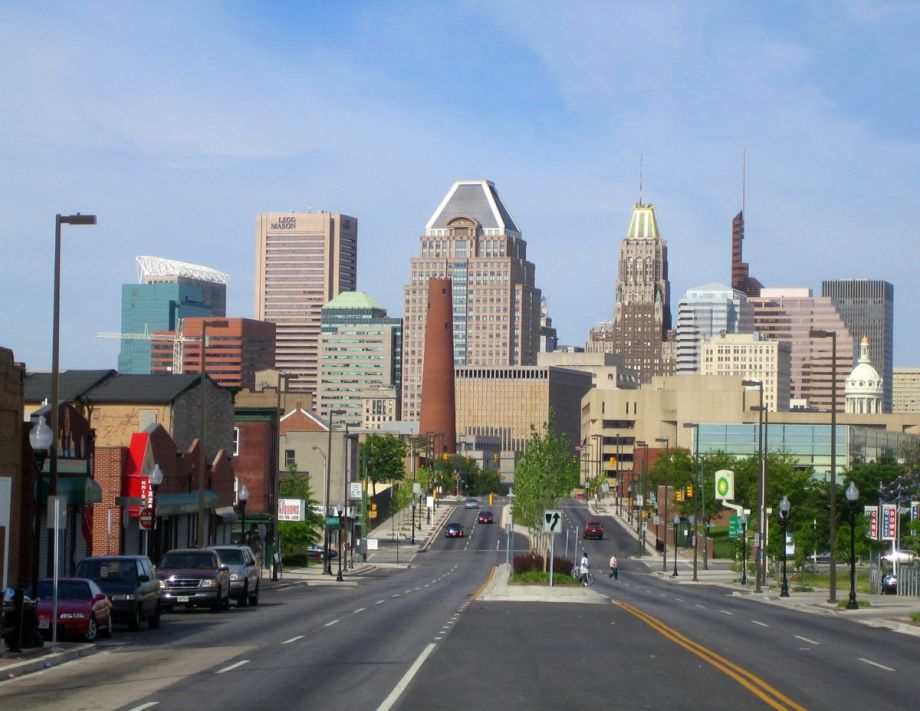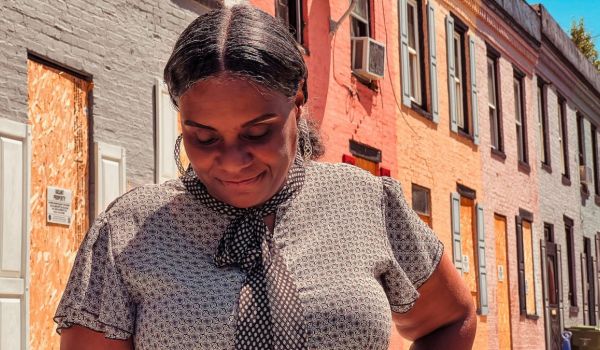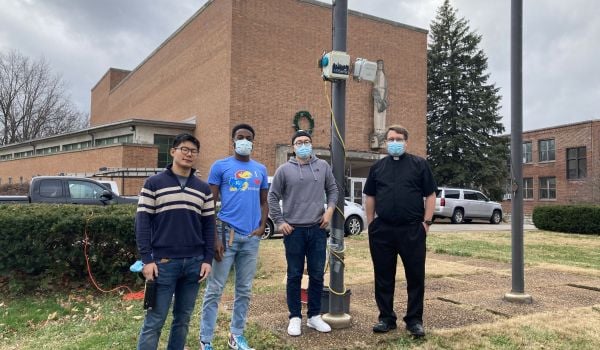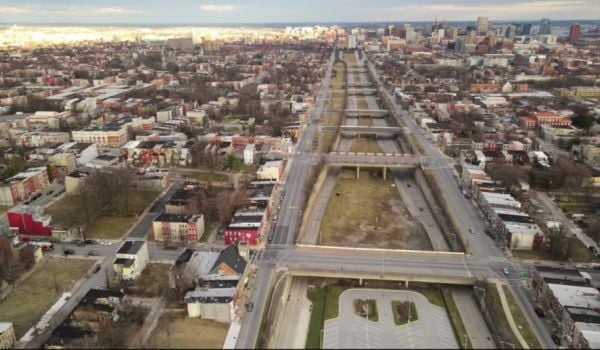Researchers are well aware that Baltimore’s summer air quality can be hazardous to residents’ health. But understanding how smog levels differ from neighborhood to neighborhood, or even block to block, could help policy-makers address public health crises — like the city’s dangerously high asthma rate — with greater precision.
With that hyperlocal lens in mind, a team of scientists and nonprofit employees will soon deploy 250 simple, solar-powered sensors around the city to measure pollutants like nitrogen dioxide, the Baltimore Sun reports. The plastic cubes, “each about the size of a toaster,” according to the paper, were designed by engineers at Johns Hopkins University and built with the help of several Baltimore residents through the Civic Works nonprofit.
Baltimore is already home to eight monitoring stations designed to meet federal regulations. Those stations are highly sophisticated, “capable of detecting a single particle of any given pollutant within a billion particles of air,” the Sun reports. They’re definitely necessary — according to a tool from NYU and the American Thoracic Society, the city doesn’t currently meet the EPA standard for ozone. If it did, roughly 100 deaths could be prevented annually.
But those stations are expensive, costing from tens to hundreds of thousands of dollars, the Sun reports. The Baltimore Open Air project — as the endeavor is called — has the relatively small budget of $70,000 for the entire network of 250 sensors. Precisely measuring each particle isn’t the end goal of Baltimore Open Air. Instead, the team behind it wants to create a kind of map where air quality can be compared, contrasted and cross-referenced across the city, and researchers can then try to determine what makes one block smoggier than another.
If successful, the project model could certainly be useful beyond Baltimore — according to the NYU/Thoracic Society tool, annual mortalities related to air-quality in Los Angeles and Riverside, California far exceed Baltimore’s, at 1,341 and 808 respectively.

Rachel Dovey is an award-winning freelance writer and former USC Annenberg fellow living at the northern tip of California’s Bay Area. She writes about infrastructure, water and climate change and has been published by Bust, Wired, Paste, SF Weekly, the East Bay Express and the North Bay Bohemian
Follow Rachel .(JavaScript must be enabled to view this email address)
















